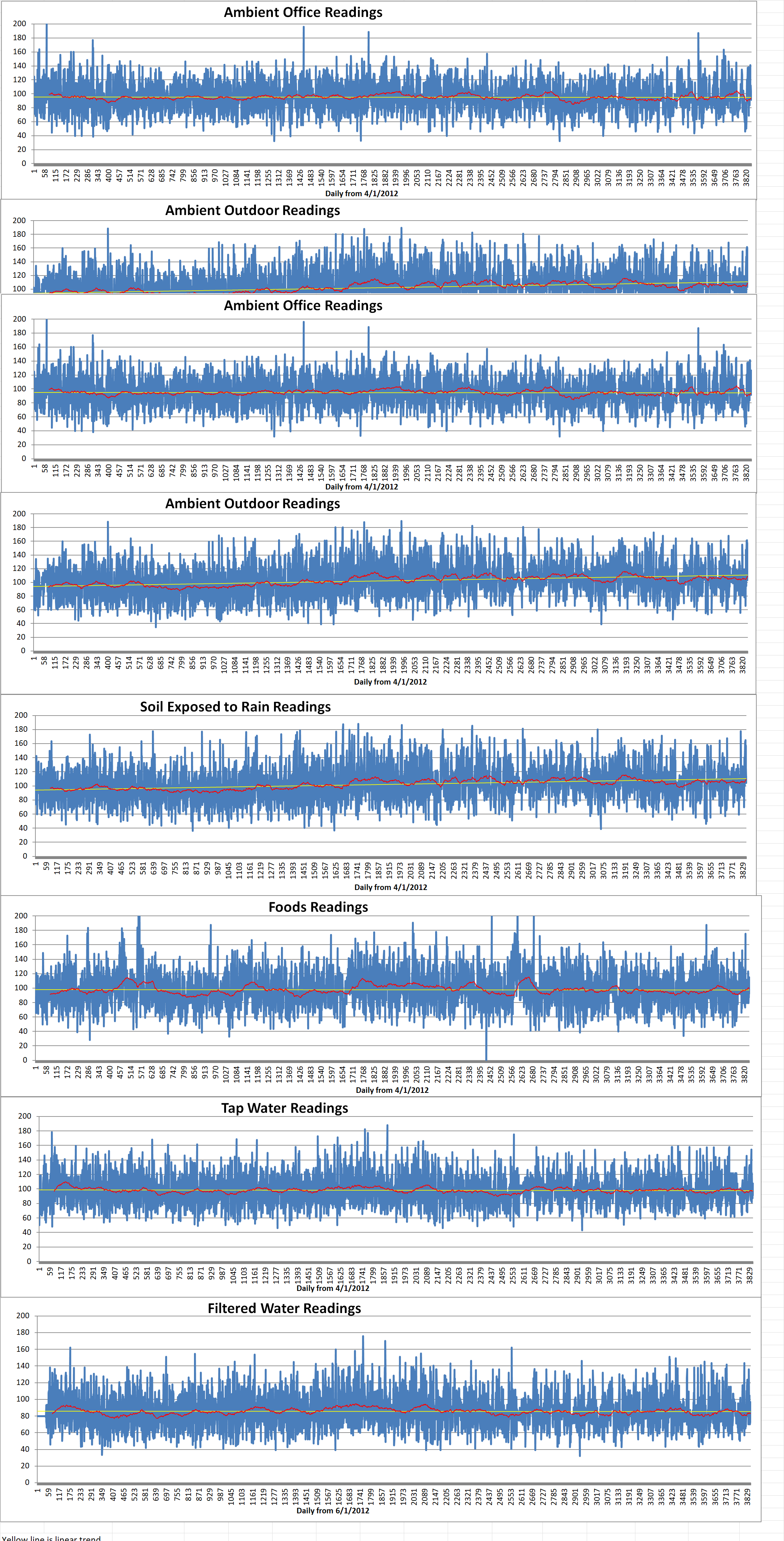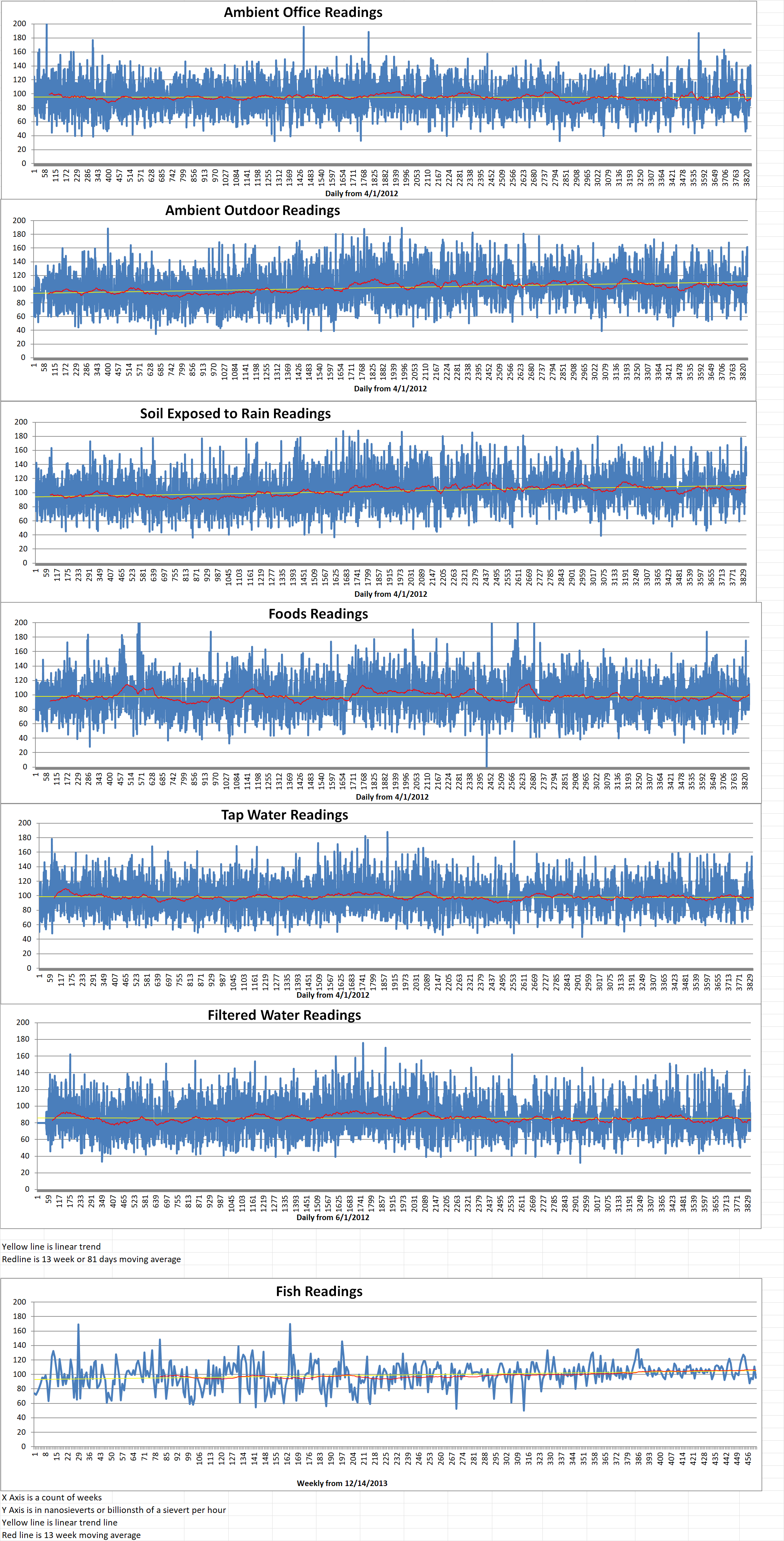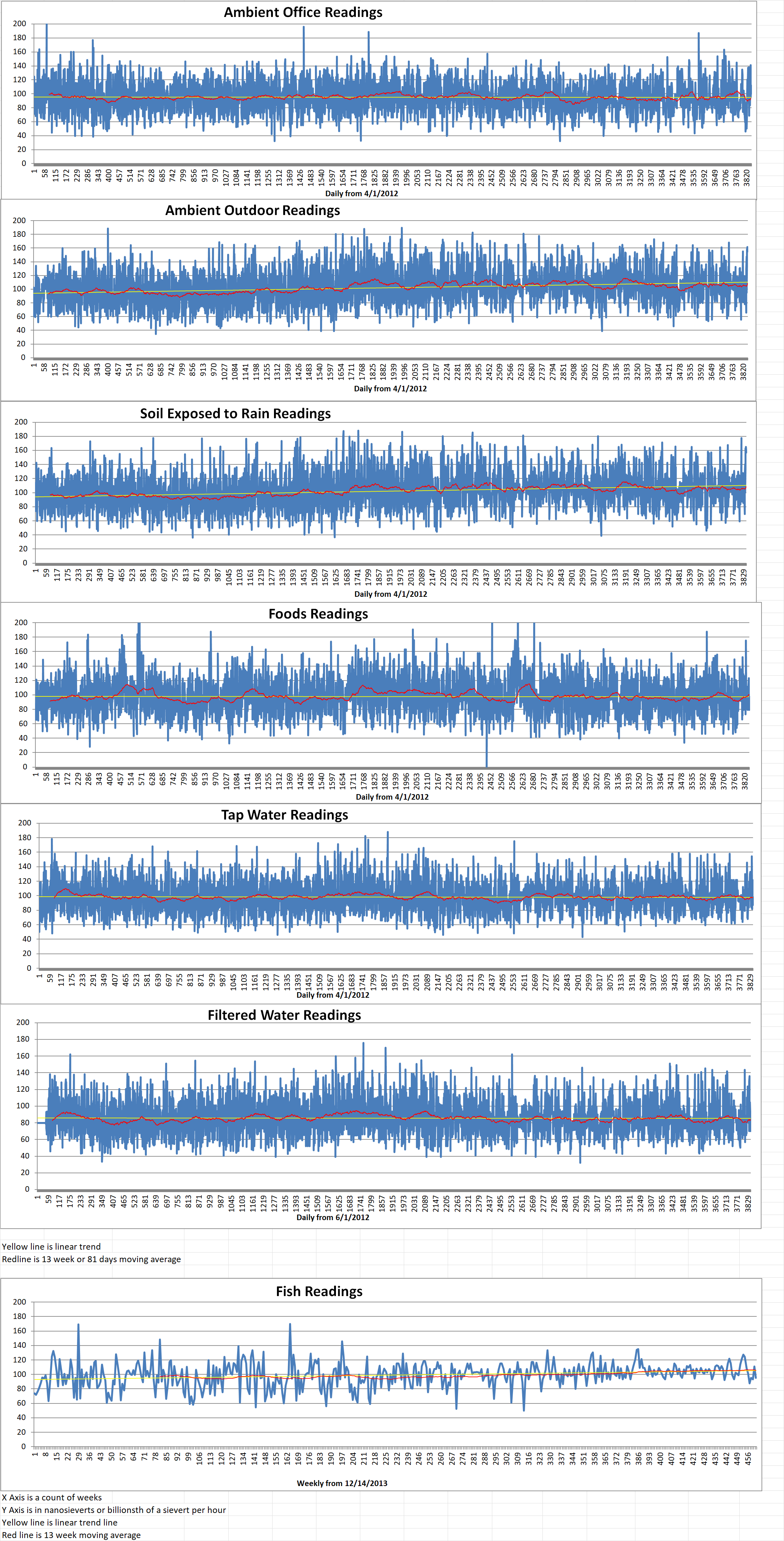Physicists in Germany at the Max Planck Institute for Plasma Physics recently found a way to minimize a major heat-loss problem plaguing a promising kind of nuclear fusion reactors called a “stellarator”.
Nuclear fusion takes place when the nuclei of two atoms merge into one. This releases a huge amount of energy. It is the process that power the Sun and other stars. If we could harness the power on nuclear fusion on Earth, it would mark a major advance in the battle against climate change.
Fusion does not produce any carbon emissions unlike burning fossil fuels. It also does not produce long-lasting radioactive waste unlike nuclear fission. Unlike solar and wind power, fusion does not depend on the weather.
Nuclear fusion can only take place under extreme heat and pressure. Nobel-winning physicist Pierre-Gilles de Gennes once remarked that recreating fusion on Earth would require scientist to put the “sun in a box.” Scientists have designed a variety of nuclear fusion reactors that can create the conditions needed for fusion. However, they require more energy than they produce. Until that changes, fusion will not be a viable source of power.
A stellarator is a type of nuclear fusion reactor that looks like a huge donut that has been squished and twisted out of shape. A coil of magnets surrounds the stellarator to create magnetic fields that control the flow of plasma inside it. By subjecting this plasma to extreme temperatures and pressure, a stellarator can force atoms within it to undergo fusion. Compared to other fusion reactors, stellarators consume less power and have more design flexibility.
However, the stellarator design makes it easier for the plasma to lose heat through a process called “neoclassical transport”. Without heat, you cannot have sustained fusion. Neoclassical transport is also called neoclassical diffusion. It is a type of diffusion seen in fusion power reactors that have a toroidal shape like a donut. It is a modification of classical diffusion. This adds in effects that are due to the geometry of the reactor that gives rise to new diffusion effects.
In classical transport, particles travel in helical paths around the lines of magnetic force. Particles collide and scatter which leads to some of them exiting the magnetic field and cooling the plasma. Neoclassical transport is created by the geometry of the reactor vessel. Because the magnetic fields are not uniform inside the donut, some particles wind up bouncing back and forth in what are called banana orbits. Some of them diffusion out of the magnetic fields, cooling the plasma.
Now, researches have reduced heat loss in the world’s biggest and most advanced stellarator, called the Wendelstein 7-X, by optimizing its magnetic coil. They were able to heat the interior of their nuclear fusion reactor to almost fifty-four million degrees Fahrenheit. That is more than twice as hot as the core of the sun. Testing confirmed that their design had specifically minimized heat loss due to neoclassical transport.
Novimir Pablant is a physicist working on the Wendelstein 7-X. He said “It’s really exciting news for fusion that this design has been successful. It clearly shows that this kind of optimization can be done.”






